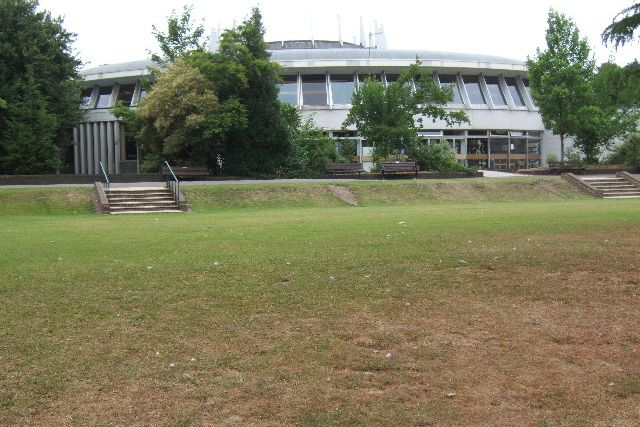Exhibition 'Women 100' in Bourne Hall Museum
In the early 20th century there were two main groups active in the campaign for women's suffrage (the right to vote); the 'suffragists' who campaigned using peaceful methods and the 'suffragettes' who were determined to win the right to vote for women by any means, including unlawful and violent acts.
The outbreak of the First World War led to a suspension of political campaigning, including women's suffrage.
In February 1918, a coalition government passed the Representation of the People Act. This extended the right to vote to women of a certain age and economic status. Ten months later, 8.5 million women voted for the first time in the General Election on the 14 December 1918.
Under the same act, all men over the age of 21 gained the right to vote. Women under 30, and who didn’t meet the economic criteria, had to wait another 10 years for the privilege.
In November 1918, the Parliament (Qualification of Women) Act 1918 was passed, allowing women to be elected into the House of Commons as Members of Parliament.
We’re marking the anniversary of these major steps in the fight for gaining women’s equality in society with a special exhibition at the Town Hall, from December 10th to 21th
Running to coincide with the anniversary of the 1918 general election and December’s full borough council meeting, the exhibition includes details of women’s suffrage with particular emphasis within the borough of Epsom and Ewell, including details of local historical women of note.
